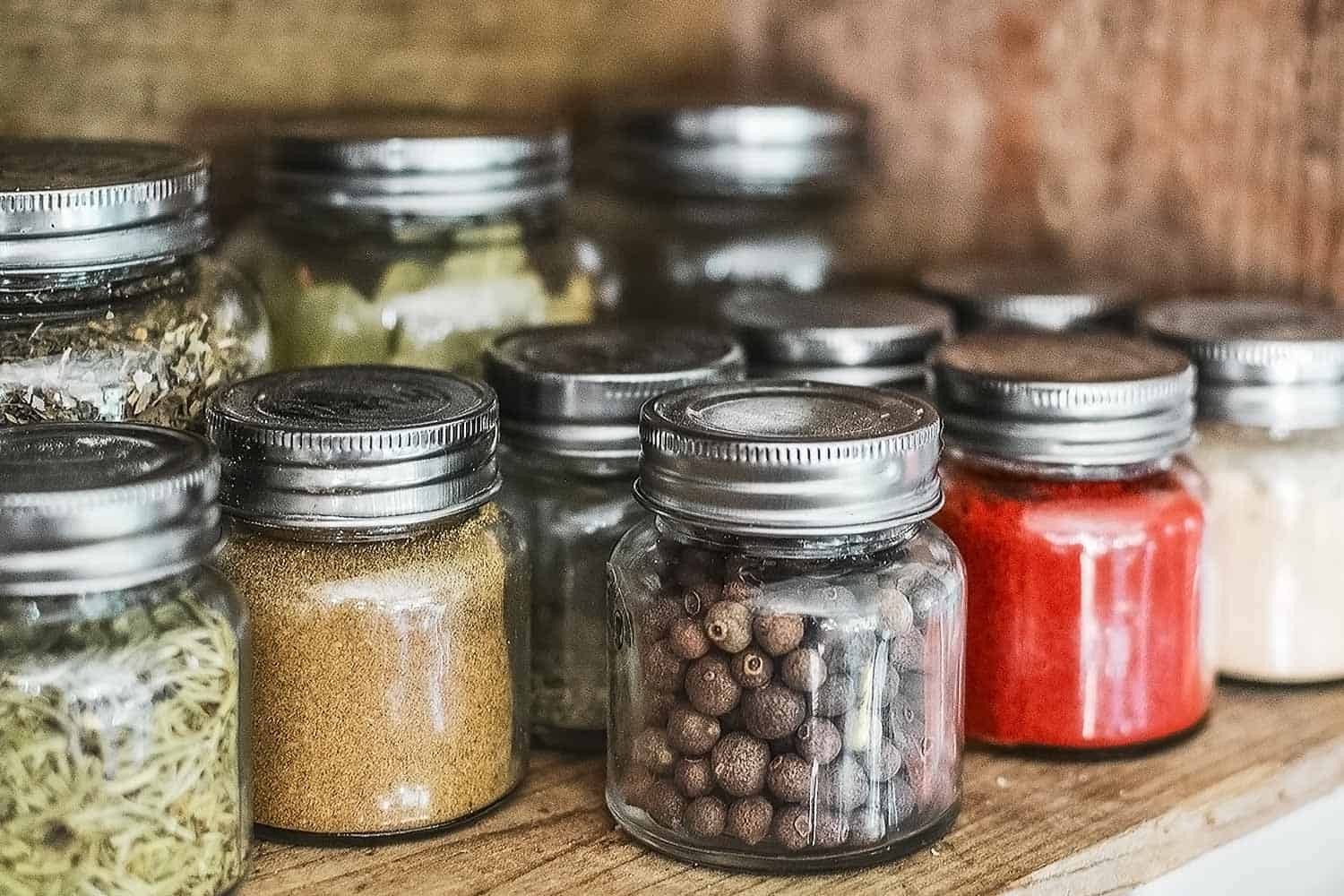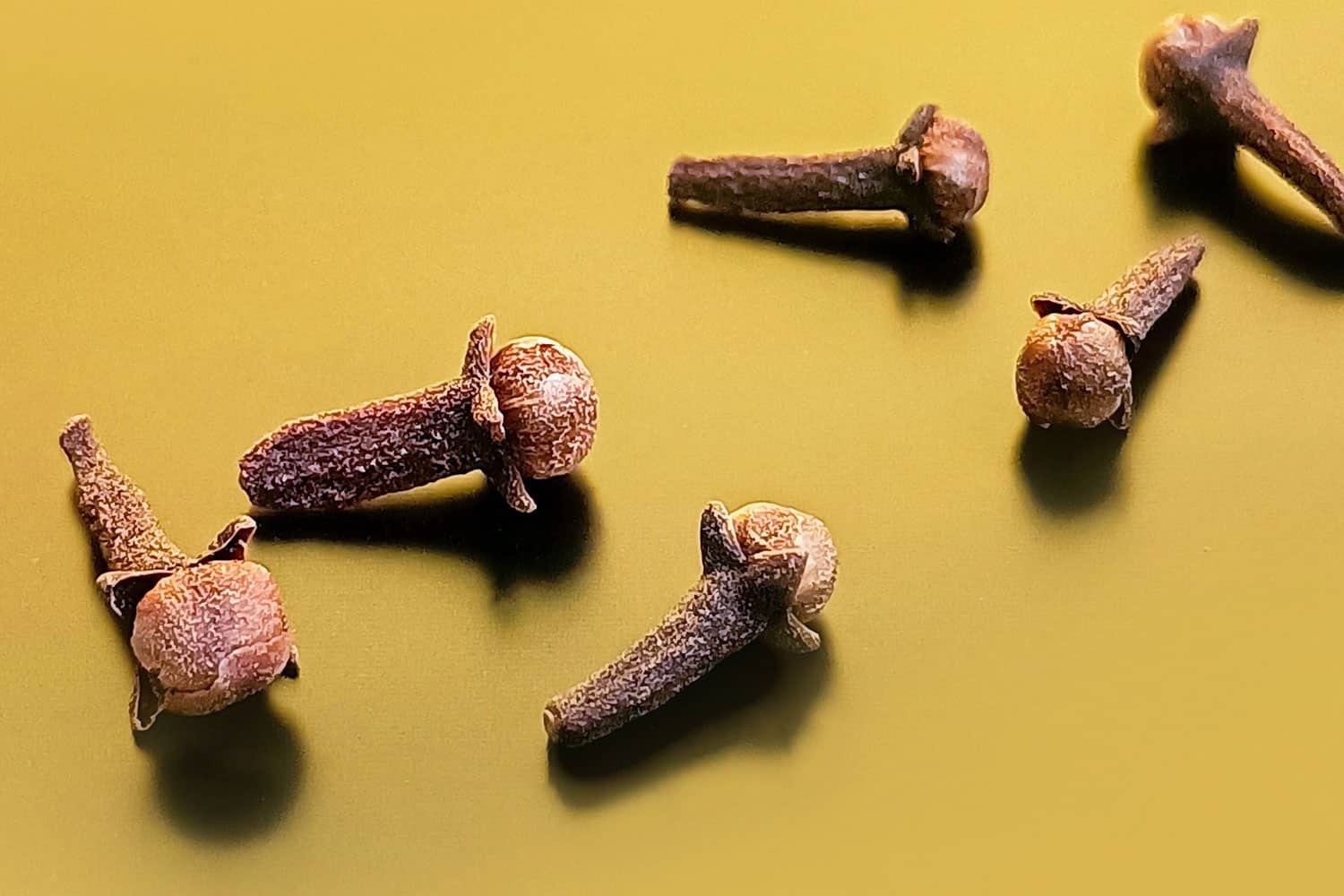Are you curious about the caffeine content of a Starbucks chai tea latte? This popular beverage, known for its comforting blend of spices and creamy texture, does contain caffeine due to its black tea base. HOW.EDU.VN provides expert insights into the caffeine levels and offers guidance on enjoying chai latte in a way that aligns with your health goals. Learn about caffeine amounts, potential impacts on sleep, and healthier alternatives for a balanced lifestyle.
1. Understanding Chai Latte: Origins and Ingredients
To appreciate chai latte fully, it’s important to understand its roots. Masala chai, the origin of chai latte, is a staple in Indian culture. It’s more than just a beverage; it’s a part of daily life, enjoyed for its invigorating properties and digestive benefits.
In India, masala chai is traditionally consumed at the end of a meal to aid digestion. The spices in the chai complement the rich flavors of Indian cuisine. Candied fennel, another digestive aid, is often enjoyed alongside masala chai.
2. Does Chai Latte Contain Caffeine?
Yes, chai latte contains caffeine. Masala chai, the base of chai latte, is made from black tea infused with spices and milk.
Black tea naturally contains caffeine, a stimulant that affects the central nervous system. Caffeine works by blocking adenosine, a brain chemical that promotes relaxation and drowsiness. While this can be beneficial for alertness, it can also interfere with sleep.
The caffeine content in chai latte can vary. Factors like steeping time and tea blend influence the final amount. Generally, chai latte has less caffeine than coffee, but it’s still important to be aware of its presence, especially if you’re sensitive to stimulants.
3. Caffeine Levels: Chai Latte vs. Coffee
A key concern for many is how chai latte’s caffeine content compares to coffee. A standard cup of coffee generally has a higher caffeine level than a chai latte. However, serving sizes and preparation methods can influence these amounts.
In India, masala chai is typically served in smaller, 4-ounce cups. Western versions, like those at Starbucks, often come in larger sizes, impacting the total caffeine consumed.
4. Comparing Caffeine Content in Starbucks Chai Latte
To provide a clearer picture, let’s look at the caffeine content in Starbucks chai latte sizes:
| Starbucks Chai Latte Size | Caffeine Content (mg) |
|---|---|
| Short (8 oz) | 48 |
| Tall (12 oz) | 72 |
| Grande (16 oz) | 96 |
| Venti (20 oz) | 120 |




As you can see, the caffeine content increases with the size of the drink. Knowing these numbers can help you make informed choices about your caffeine intake.
5. Chai Tea vs. Coffee: A Detailed Comparison
Let’s compare chai tea and coffee in terms of caffeine content:
| Drink | Caffeine Content (per 8 oz) |
|---|---|
| Chai Latte (Starbucks) | 48 mg |
| Coffee (Drip) | 160 mg |
| Espresso (Single Shot) | 68-82 mg |
This comparison highlights that coffee generally contains significantly more caffeine than chai latte. If you’re looking to reduce your caffeine intake, switching to chai latte could be a viable option.
6. The Allure of Large Sizes
One factor that contributes to higher caffeine consumption is the tendency to order larger sizes of beverages. While a small chai latte may have a modest amount of caffeine, larger sizes can significantly increase your intake.
Many people enjoy the ritual and comfort of sipping on a beverage for an extended period. This can lead to ordering larger sizes, inadvertently consuming more caffeine than intended.
7. Health Implications of Excessive Caffeine Intake
Consuming too much caffeine can have negative effects on your health. It’s important to be mindful of your daily caffeine intake and its potential impact on your body.
Caffeine can cause several adverse effects, including:
- Anxiety and nervousness
- Insomnia
- Digestive issues
- Increased heart rate
- Acid reflux
The recommended daily caffeine limit is 400 milligrams for most adults. Staying within this limit can help minimize potential side effects.
8. Dirty Chai Latte: A Caffeinated Twist
For those seeking a more significant caffeine boost, there’s the “dirty chai latte.” This variation involves adding a shot of espresso to a chai latte, combining the flavors of both beverages with an added kick.
A dirty chai latte offers a crossover experience, appealing to those who enjoy both coffee and chai. However, it’s crucial to be aware of the increased caffeine content.
Adding 68 to 164 milligrams of caffeine (depending on the espresso shot) can significantly impact your daily intake. Evaluate your tolerance and consumption habits carefully.
9. Sleep Quality and Caffeine Consumption
Quality sleep is essential for overall health and well-being. Caffeine consumption, especially later in the day, can interfere with sleep patterns and quality.
Sleep deprivation can have far-reaching consequences, affecting:
- Physical health
- Cognitive function
- Emotional well-being
- Career performance
- Personal relationships
Prioritizing sleep and being mindful of caffeine intake can significantly improve your overall quality of life.
10. Caffeine Metabolism and Timing
Understanding how your body processes caffeine is crucial for managing its effects on your sleep. Caffeine has a half-life of three to five hours, meaning it takes that long for your body to eliminate half of the dose.
To avoid sleep disruption, it’s best to avoid caffeine at least six hours before bedtime. For complete elimination, allow up to ten hours.
Switching to decaf options, especially as you age, can be a wise choice for maintaining healthy sleep patterns.
11. Beyond Caffeine: Spices and Their Effects
While caffeine is a primary concern, the spices in chai latte can also influence your body. Common spices include cinnamon, cloves, cardamom, ginger, black pepper, and star anise.
Each spice has unique properties that can affect wakefulness, digestion, and overall health. Individual reactions to these spices can vary, so it’s essential to pay attention to how your body responds.
Consulting a healthcare professional can help you understand the potential effects of these spices on your specific health needs.
12. Exploring the Benefits of Chai Spices
Here’s a closer look at the potential benefits of common chai spices:
12.1. Cinnamon
- Rich in antioxidants and polyphenols
- Anti-inflammatory and antibacterial properties
- May lower blood sugar levels
- Can reduce blood pressure
- May improve cholesterol levels
12.2. Cloves
- Antioxidant properties
- May improve bone density
- Antimicrobial benefits
- Can help ease stomach ulcers
12.3. Cardamom
- Anti-inflammatory properties
- Antibacterial benefits
- May improve breathing and oxygen uptake
- Potential cancer-fighting properties (under research)
12.4. Ginger
- Relieves nausea
- Aids digestion
- May reduce menstrual pain
- Potential brain-protective effects
12.5. Black Pepper
- Boosts nutrient absorption
- Natural pain reliever
- Antioxidant and anti-inflammatory properties
- Potential cancer-fighting properties (under research)
12.6. Star Anise
- Used in Tamiflu
- Fights respiratory infections
- Sedative properties for sleep
- High in iron
- Improves digestion
- May balance hormones
13. The Impact of Sugar in Chai Latte
Sugar content is another significant factor to consider when evaluating chai latte. Many chai drinks, especially those from coffee chains, contain high levels of added sugar.
High sugar intake can disrupt sleep patterns, leading to a cycle of cravings and poor rest. Limiting sugar consumption, especially before bedtime, is essential for maintaining healthy sleep.
It’s best to treat sugary drinks like caffeine and consume them earlier in the day to minimize their impact on sleep quality.
14. Starbucks Chai Latte: A Closer Look at Sugar Content
Starbucks chai latte is made with a concentrate that is already high in sugar. A tall (small) chai latte contains 24 grams of sugar from the concentrate alone.
Larger sizes contain even more sugar. A venti chai latte can have a whopping 53 grams of sugar, far exceeding the recommended daily limits.
The American Heart Association recommends limiting added sugars to 36 grams per day for men and 25 grams for women. Excessive sugar intake can lead to insulin spikes and other health issues.
Here’s a breakdown of sugar content in Starbucks chai latte sizes:
| Starbucks Chai Latte Size | Sugar Content (grams) |
|---|---|
| Short (8 oz) | 21 |
| Tall (12 oz) | 32 |
| Grande (16 oz) | 42 |
| Venti (20 oz) | 53 |
15. Dunkin’ Chai Latte: Sugar and Caffeine Levels
Dunkin’ chai latte has a similar nutritional profile to Starbucks, with high sugar and caffeine levels. Dunkin’ conveniently omits the percentage of daily value on their website, highlighting the unhealthy nature of the drink.
Here’s a look at the sugar and caffeine content in Dunkin’ chai latte sizes:
| Dunkin’ Chai Latte Size | Caffeine Content (mg) | Sugar Content (grams) |
|---|---|---|
| Small (10 oz) | 70 | 27 |
| Medium (14 oz) | 105 | 40 |
| Large (20 oz) | 140 | 54 |
16. Making Informed Choices
Ultimately, understanding the caffeine and sugar content of chai latte empowers you to make informed choices that align with your health goals. Whether you’re looking to reduce caffeine, improve sleep, or simply be more mindful of your intake, knowledge is key.
Consider these tips for enjoying chai latte in a healthier way:
- Choose smaller sizes
- Opt for unsweetened versions
- Make your own chai latte at home
- Use decaf tea or rooibos
- Limit consumption to earlier in the day
17. Consulting with Experts at HOW.EDU.VN
Navigating the complexities of caffeine, spices, and sugar can be challenging. At HOW.EDU.VN, we connect you with leading experts who can provide personalized guidance and support.
Our team of PhDs and specialists can help you:
- Understand your individual needs
- Develop strategies for managing caffeine intake
- Explore healthier beverage options
- Optimize your diet for better sleep and overall health
With HOW.EDU.VN, you gain access to world-class expertise tailored to your specific circumstances.
18. Embrace Expert Guidance for a Healthier Lifestyle
Don’t let the complexities of nutrition and health overwhelm you. Embrace the opportunity to connect with experts at HOW.EDU.VN and take control of your well-being.
Whether you’re seeking to fine-tune your diet, improve your sleep, or simply make more informed choices, our team is here to support you every step of the way. Contact us today and unlock the power of expert guidance for a healthier, happier life.
19. Verdict: The Caffeine Question Answered
Yes, chai latte definitely has caffeine. This article has explored the caffeine content of chai latte, compared it to coffee, and examined the impact of spices and sugars.
Hopefully, you now have a better understanding of how chai latte can affect you and how to enjoy it responsibly.
20. Frequently Asked Questions (FAQ) About Caffeine in Chai Latte
Here are some frequently asked questions about the caffeine content in chai latte:
20.1. How much caffeine is in a chai tea latte?
The amount of caffeine in chai tea lattes depends on the serving size. A chai tea latte from a coffee shop like Starbucks or Dunkin’ typically has six milligrams of caffeine per ounce.
20.2. Why does chai latte have caffeine?
Chai lattes are made with black tea, which contains caffeine. The human body requires six to ten hours to burn off caffeine, which affects your wakefulness.
20.3. Is chai tea latte high in caffeine?
A typical chai tea latte has a lower caffeine content than a cup of coffee. However, the size of your serving determines the caffeine dose. A dirty chai latte will have considerably more caffeine due to the espresso shot(s).
20.4. Can I get a caffeine-free chai latte at Starbucks?
It’s not possible to order a caffeine-free Starbucks chai tea latte directly. However, when available, you can buy decaffeinated Tazo chai concentrate to make your own.
20.5. How can I make a caffeine-free chai latte?
One way is to use decaffeinated Tazo chai concentrate, typically available on Amazon.
Another easy way to make your own zero-caffeine chai latte is to steep rooibos or decaf chai tea in hot water to create a concentrate as the base. Add honey, syrup, or a sweetener of your choice before pouring in steamed milk.
20.6. Does rooibos chai latte have caffeine?
Since rooibos is caffeine-free, a chai latte made with this tea won’t stimulate your body.
20.7. How much caffeine is in a Starbucks chai latte?
Starbucks chai lattes have a caffeine content ranging from 48 to 120 milligrams, depending on serving size.
20.8. Does Dunkin’ chai latte have caffeine?
Yes, all Dunkin’ chai lattes have caffeine. Unfortunately, they don’t yet offer decaffeinated versions.
20.9. Does Tazo chai have caffeine?
Tazo makes both decaffeinated and caffeinated chai concentrates, so the choice is yours.
20.10. What are the best alternatives to reduce caffeine intake?
Consider herbal teas, decaf coffee, or rooibos chai latte. These alternatives allow you to enjoy warm, comforting beverages without the stimulating effects of caffeine.
Are you looking for personalized advice on managing your caffeine intake and optimizing your health? Contact HOW.EDU.VN today to connect with our team of expert PhDs. We provide tailored guidance to help you achieve your wellness goals.
Address: 456 Expertise Plaza, Consult City, CA 90210, United States.
Whatsapp: +1 (310) 555-1212.
Website: HOW.EDU.VN
Our experts at how.edu.vn are ready to provide the insights you need to make informed decisions about your diet and lifestyle. Contact us today and start your journey towards a healthier you.